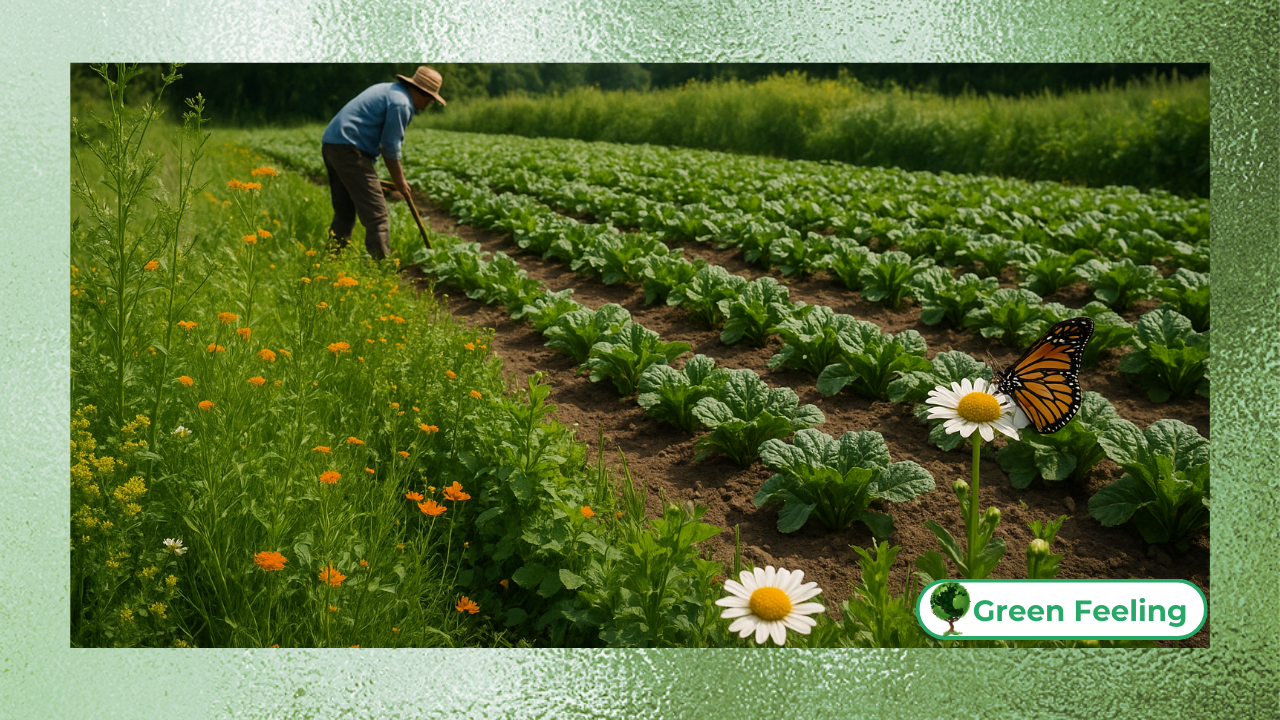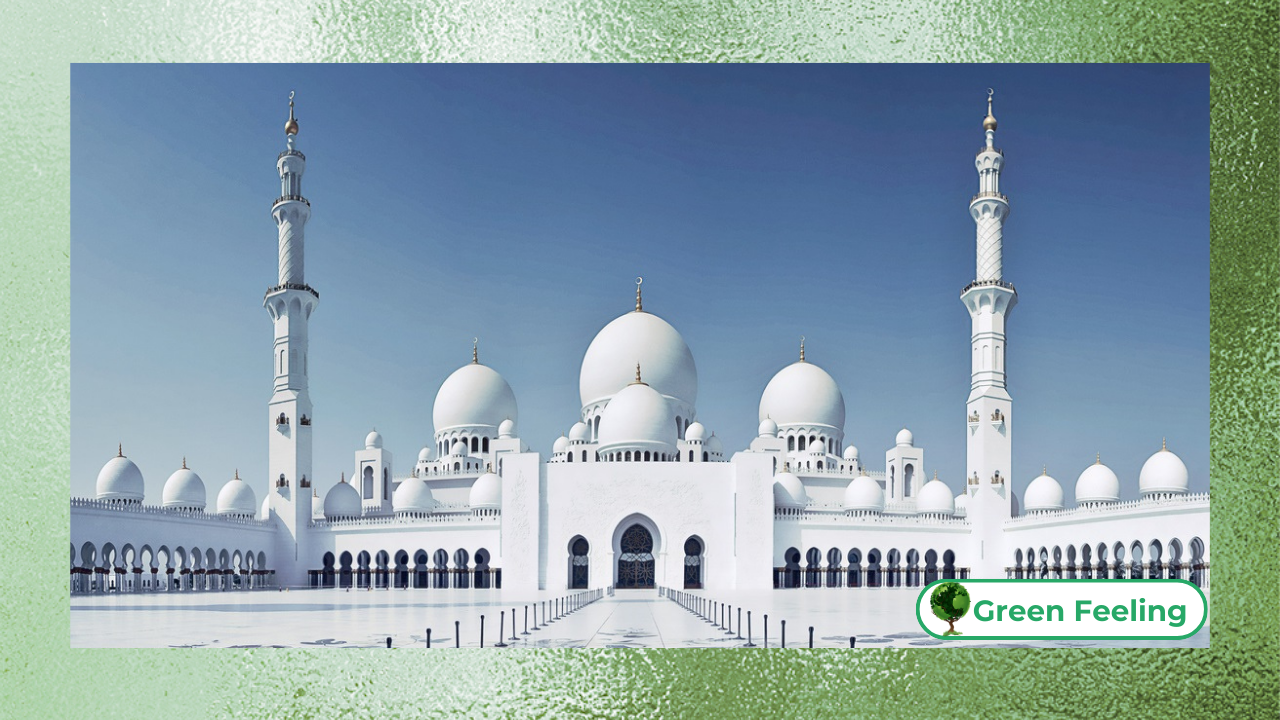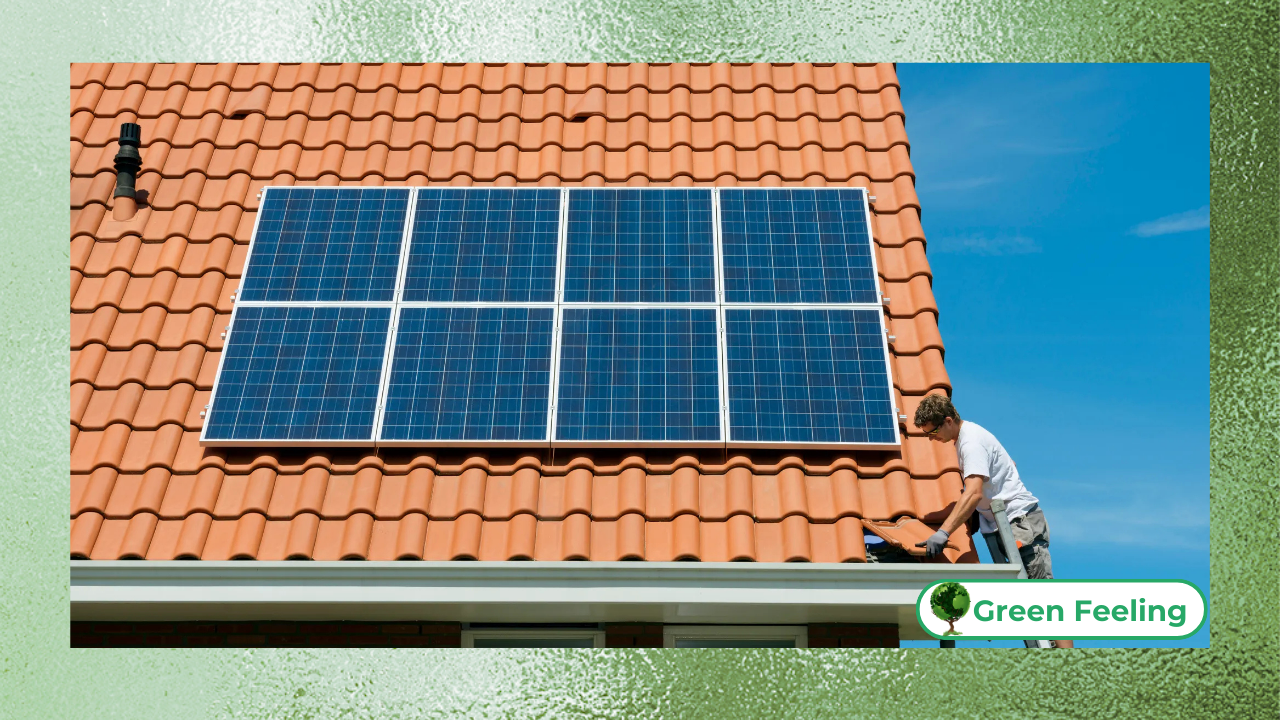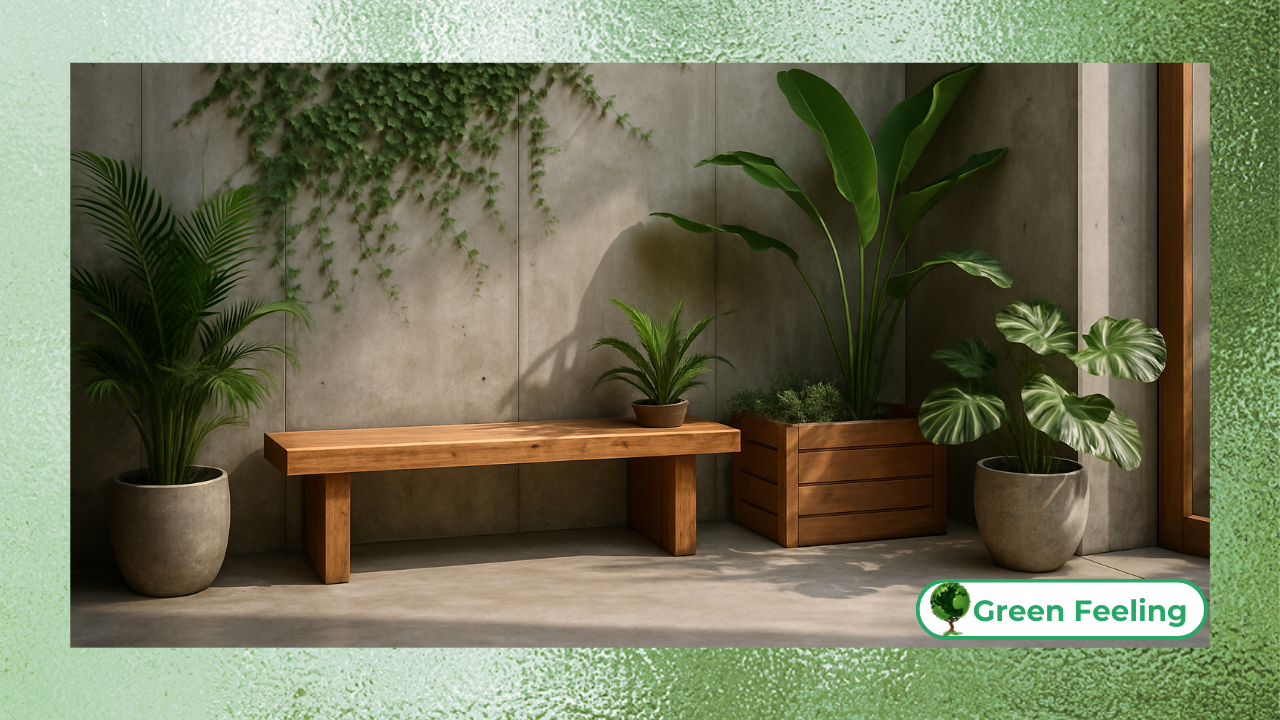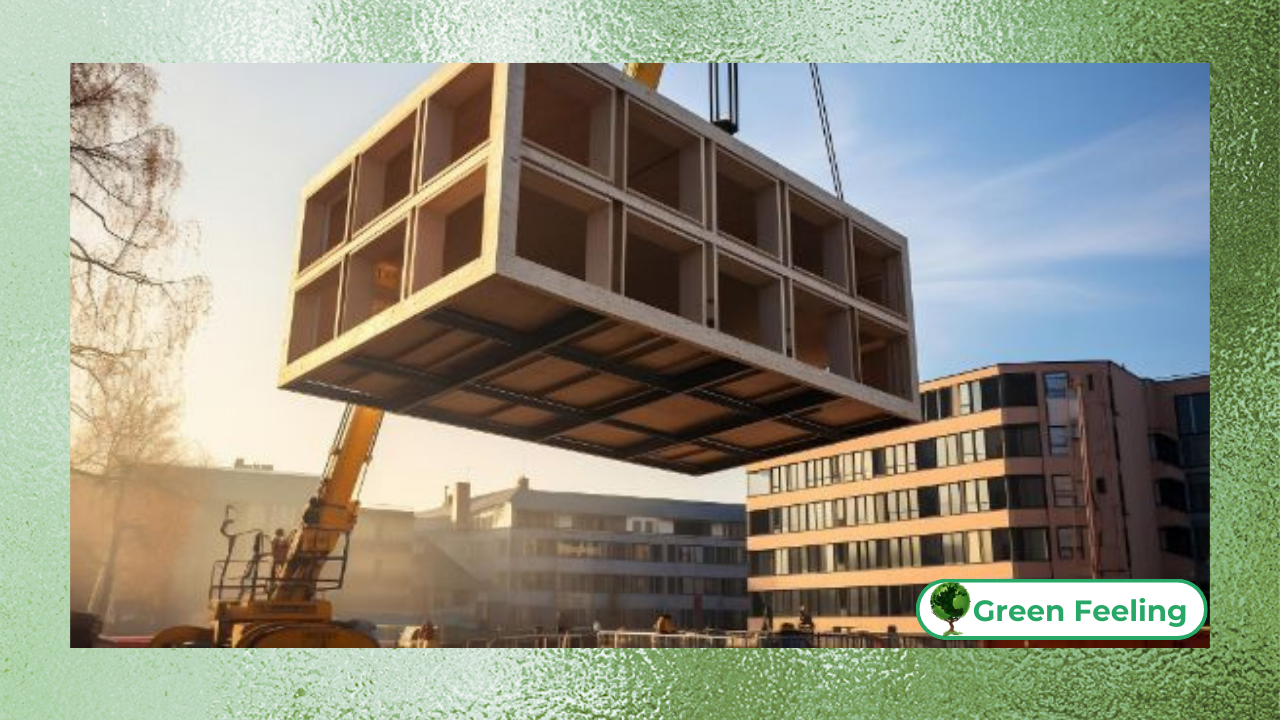Regenerative Architecture in Urban Spaces
Urban areas currently account for 75% of global CO₂ emissions while occupying just 3% of Earth’s land surface – a staggering imbalance demanding radical transformation.
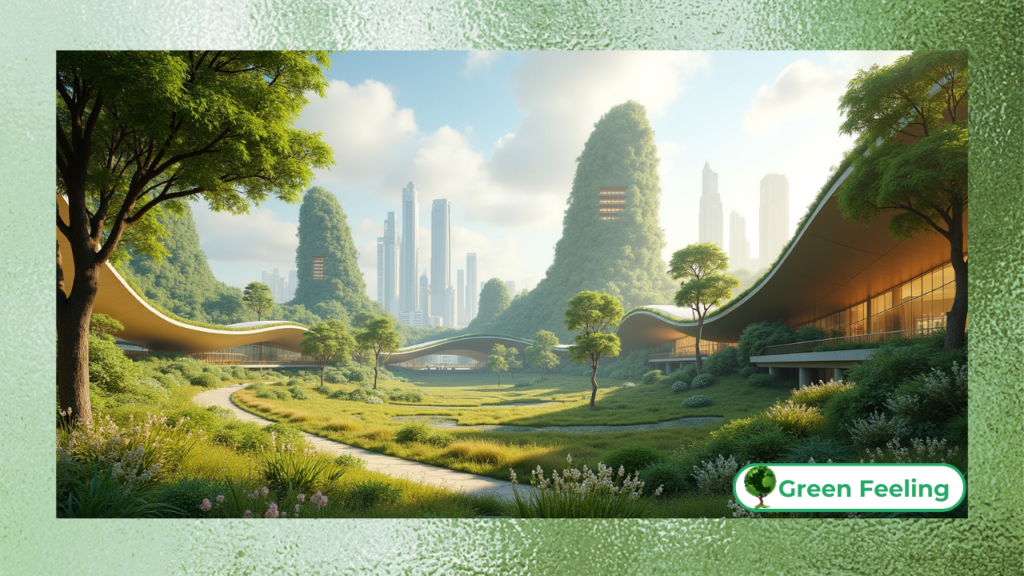
Regenerative architecture emerges as a revolutionary approach that moves beyond sustainability’s “do less harm” model to actively restore and revitalize urban ecosystems.
Unlike conventional green building practices that simply reduce negative impacts, regenerative design creates positive ecological footprints by mimicking nature’s intelligence in urban environments.
This transformative methodology represents more than architectural innovation – it’s a fundamental reimagining of cities as living systems.
As architect observes:
“Regenerative buildings don’t just sit on the land; they participate in local ecologies like trees in a forest.” – Bill Browning.
From Singapore’s vertical gardens to Berlin’s climate-positive neighborhoods, pioneering cities demonstrate how regenerative principles can convert concrete jungles into thriving urban ecosystems that clean air, produce food, manage water, and enhance biodiversity while improving human wellbeing.
The Science Behind Regenerative Urbanism
Regenerative architecture applies biomimicry and living system principles to create self-sustaining urban habitats through:
- Closed-loop material flows (100% recycled/reused building materials)
- Energy-positive systems (Buildings as power generators)
- Hydrological restoration (Rainwater harvesting, urban wetlands)
- Biological diversity corridors (Green roofs, wildlife bridges)
- Community-engaged stewardship (Participatory design processes)
Key performance metrics show regenerative urban projects achieve:
| Parameter | Conventional Urban |
Regenerative Urban
|
| Carbon Footprint | Net positive | Net negative |
| Stormwater Runoff | 75-95% | 0-10% |
| Biodiversity Index | 10-20% native | 60-80% native |
| Urban Heat Island Effect | +4-7°C | -1-3°C |
Ecological designer notes in Climate Positive Design:
“Regenerative urban spaces don’t just adapt to climate change – they actively reverse it through daily operation.” – Pamela Conrad.
This represents a fundamental shift from damage control to ecological repair.
+ Sustainable Practices in Asian Rural Architecture
Global Pioneers in Regenerative Urbanism
1. Singapore – The Biophilic City
- Skyrise Greenery Initiative: 72 hectares of vertical gardens
- Active, Beautiful, Clean Waters Program: Restored 32 km of urban waterways
- SolarNova Program: 1GWp solar capacity by 2030
- Punggol Digital District: Net-positive energy neighborhood
Read More: Singapore Biophilic Cities
2. Berlin – The Sponge City
- Tempelhofer Feld: 300ha regenerated airport becoming climate park
- Rummelsburg Bay: Phytoremediation cleaning industrial waterfront
- Schumacher Quartier: Carbon-negative housing development
- 200+ km of “Schwammstadt” (sponge city) streets
Read More about Berlin The Sponge City
3. Melbourne – The Urban Forest
- Urban Forest Strategy: 40% tree canopy cover by 2040
- Green Our Rooftops Initiative: 200+ productive rooftops
- Living Infrastructure Plan: 18bn AUD investment
- Victorian Climate Resilient Buildings Code
Read More: Urban Forest Strategy
4. Portland – The Regenerative Lab
- Grey to Green Initiative: 43ha new green infrastructure
- Ecoroof Program: 160+ buildings with habitat roofs
- Healthy Buildings Initiative: 120+ living architecture projects
- River Renaissance Program: Willamette watershed restoration
Core Principles of Regenerative Architecture
1. Buildings as Ecosystems
- Structural integration of mycelium insulation
- Bioactive façades with algae bioreactors
- Operational metabolism mimicking forest cycles
2. Urban Food Production
- Productive facades (vertical farming systems)
- Edible landscapes (food forests replacing lawns)
- Myco-remediation (mushrooms detoxifying soils)
3. Water Intelligence Systems
- Atmospheric water generators (50-100L/day)
- Constructed wetlands (treating blackwater)
- Permeable urban skin (95% water absorption)
4. Community Regeneration
- Participatory design (co-created neighborhoods)
- Cultural memory integration (indigenous knowledge)
- Equitable access (universal ecological benefits)
+ Sustainable Building Materials for homes
Transformative Technologies Enabling Regenerative Cities

1. Carbon-Storing Materials
- Hempcrete (307kg CO₂/m³ sequestered)
Hempcrete is a lightweight bio-composite made from hemp fibers and lime. It naturally sequesters CO₂ during curing, provides excellent insulation, and supports breathable wall systems for sustainable architecture. - Mycelium composites (carbon-negative insulation)
Mycelium-based materials are biodegradable insulators grown from fungi. They are carbon-negative, fire-resistant, and offer strong acoustic and thermal properties, replacing petrochemical foams in eco-conscious construction. - Bio-steel (bacteria-grown structural elements)
Bio-steel is a bacteria-grown structural material that mimics the strength of steel with minimal emissions. It’s ideal for lightweight, high-tensile applications in regenerative and biomimetic architecture.
2. Living Infrastructure
- Bioreactive façades (algae-powered buildings)
Bioreactive façades integrate algae-filled panels that absorb CO₂ and produce biomass. They enhance building energy efficiency through passive shading, light filtering, and contribute to urban ecological productivity.
- Soil-based air filtration (plant-microbe systems)
These systems use soil, plants, and microbes to purify indoor and outdoor air. Acting as living biofilters, they remove volatile compounds while promoting oxygenation and natural air quality regulation.
- Arboreal bridges (living root structures)
Arboreal bridges are made by training living tree roots to form walkways. They are resilient, self-healing structures that blend traditional ecological knowledge with living architecture principles.
3. AI-Optimized Ecology
- Machine learning biodiversity tracking
AI-enhanced sensors and cameras identify and track species in real time. This supports biodiversity conservation by automating ecological monitoring and improving restoration strategies in urban and rural zones.
- Predictive microclimate modeling
AI-driven models simulate microclimates to optimize urban planning and green infrastructure. They predict thermal behavior and humidity, guiding passive cooling, vegetation placement, and energy-efficient design decisions.
- Dynamic building metabolism adjustment
Smart buildings use AI to adjust internal systems—temperature, humidity, lighting—in response to environmental data. These dynamic metabolisms mimic natural regulation for resilience and reduced ecological footprint.
+ Water treatment Plants: Processes and Solutions
Overcoming Implementation Challenges
While promising, regenerative urbanism faces barriers:
1. Policy & Regulation
- Outdated zoning laws prohibiting productive landscapes
- Lack of regenerative design standards
- Disconnected urban governance structures
2. Economic Models
- Higher upfront costs (10-15% premium)
- Unconventional ROI calculations
- Split incentives between developers/occupiers
3. Technical Capacity
- Limited regenerative design expertise
- Supply chain gaps for biomaterials
- Performance monitoring complexities
Innovative solutions are emerging:
- Regenerative performance bonds
- Living building challenge certifications
- Bioregional learning networks
The Future of Regenerative Cities
Emerging trends suggest cities will evolve into:
1. Productive Urban Landscapes
- 30-50% of surfaces growing food/medicine
- Buildings producing more energy than consumed
- Waste streams becoming resource flows
2. Neurologically Responsive Environments
- Biophilic design reducing urban stress 25-40%
- Circadian lighting systems
- Olfactory landscapes enhancing wellbeing
3. Climate Control Infrastructure
- Urban forests sequestering 5-10 tons CO₂/ha/yr
- Cool corridors reducing heat mortality
- Stormwater parks preventing floods
What Do You Think About Regenerative Urban Transformation?
The shift from extractive to regenerative urban development represents our most promising pathway for addressing interconnected climate, biodiversity and public health crises.
Yet this transition requires more than technological innovation – it demands a fundamental rethinking of cities as living systems where human and ecological wellbeing are inseparable.
Your perspective matters in shaping this urban evolution. Should all new urban development meet regenerative standards? How can we accelerate this transformation equitably? The answers will determine whether our cities become drivers of planetary regeneration or remain obstacles to ecological balance.
Conclusion
Regenerative urbanism offers more than architectural aesthetics – it presents a survival strategy for the Anthropocene.
From Singapore’s vertical ecosystems to Berlin’s sponge city innovations, pioneering projects demonstrate that urban areas can become net contributors to planetary health rather than extractive burdens.
The coming decade will prove decisive in scaling these solutions. With 70% of humanity projected to live in cities by 2050, we face a stark choice: continue building climate-vulnerable urban landscapes or cultivate cities that actively regenerate their bioregions.
The regenerative approach provides not just hope, but proven models for this essential transformation.
As we stand at this urban crossroads, the principles emerging from leading-edge projects point toward an exhilarating possibility – that the cities of our future may become Earth’s most sophisticated organs of ecological restoration, blending ancient wisdom with cutting-edge science to create habitats where both humanity and nature thrive.
References:
- Browning, W. (2022). Biophilic Cities. Island Press.
- Conrad, P. (2021). Climate Positive Design. Routledge.
- Singapore Urban Redevelopment Authority. (2023). Skyrise Greenery Evaluation.
- Berlin Senate Department. (2023). Schwammstadt Implementation Report.
- Melbourne Urban Forest Fund. (2023). Living Infrastructure Performance.
- UN Habitat. (2023). Regenerative Urban Futures.

